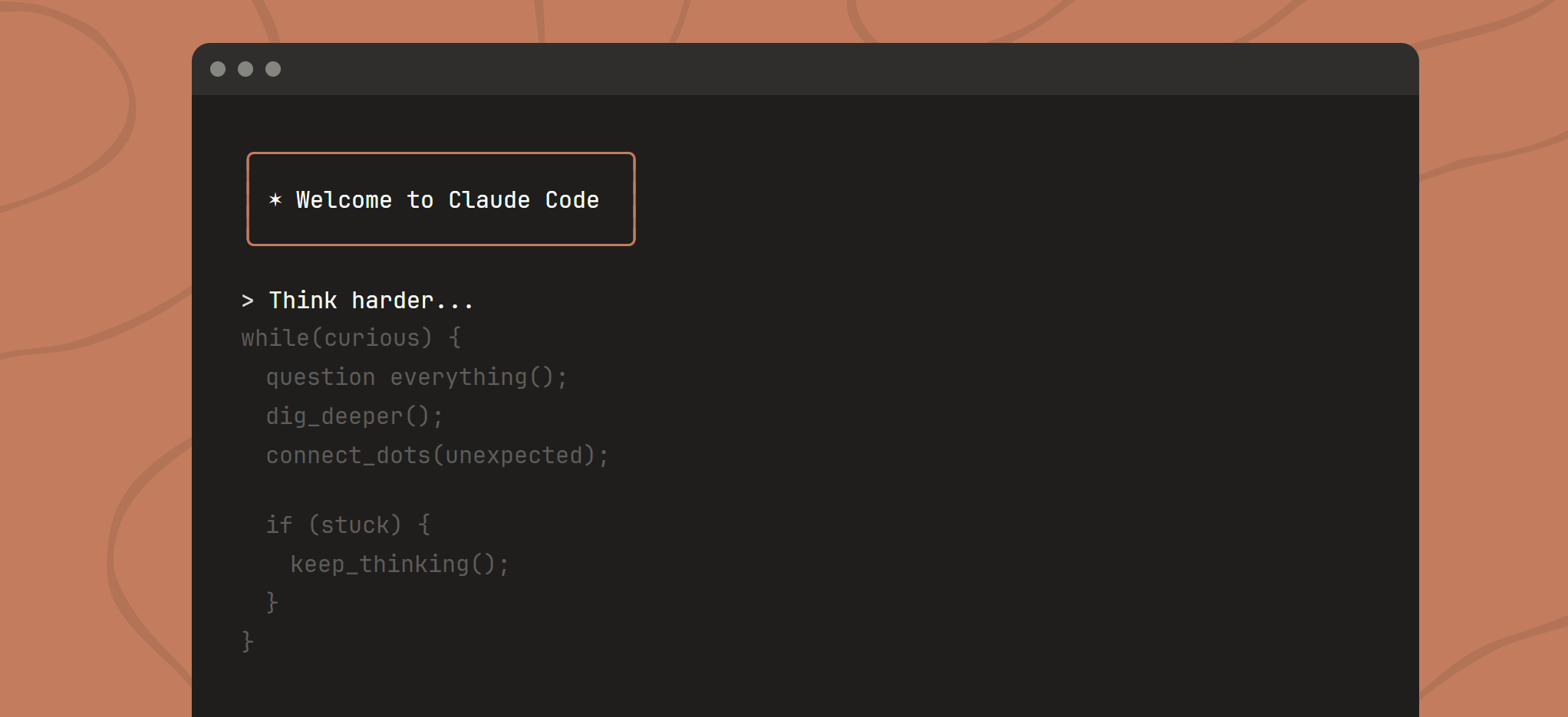Downdetector Explained: Track Online Service Outages in Real-Time
bigsansar | Nov. 7, 2025

In today’s digital age, much of our daily life depends on online platforms. Banking apps, social media, gaming platforms, and various websites have become integral to our routines. When these services experience problems, it is natural to ask: “Am I the only one facing this issue, or is it widespread?” Downdetector provides a simple and effective way to answer this question.
Downdetector is an online platform that reports real-time outages and issues for websites and applications. The service was founded in April 2012 by Tom Sanders and Sander van de Graaf in the Netherlands, and it is now owned by Ookla, the company behind Speedtest.net. It operates in nearly 45 countries and monitors thousands of services worldwide. Its primary purpose is to inform users whether a problem is individual or widespread, providing quick clarity in moments of uncertainty.
The platform works by collecting reports from users who experience issues with a service. Additionally, posts on social media platforms about outages are monitored. This data is compared to a baseline of normal activity, and if reports exceed the expected level, the system identifies it as an outage. This methodology allows Downdetector to provide accurate real-time monitoring without direct access to the service’s infrastructure.
Using Downdetector offers several benefits. First, it helps users quickly understand whether the problem is personal or affects many others, saving time and reducing frustration. Second, it serves as a valuable source of information for news media, which often reference Downdetector data during major service outages. Businesses and service providers can also use this platform to quickly assess whether reported problems are local or part of a larger outage.
However, there are some limitations. Downdetector is not an official service monitoring tool; it relies on user reports, which can sometimes be inaccurate. Coverage may be weaker for less popular services or regions with fewer users. Additionally, the platform does not provide detailed reasons for outages, making it difficult to determine whether the issue originates from the user’s device, the internet service provider, or the service itself.
For users in Nepal or South Asia, Downdetector can be particularly useful. If a mobile network, banking app, or other online service stops working, users should first check their own internet connection. Then, they can search the platform to see if others are also reporting the issue. This approach quickly resolves uncertainty about whether a problem is widespread or individual.
Overall, Downdetector is an effective tool in the digital age, helping users navigate online service disruptions. It provides real-time information, aids in identifying outages, and serves as a reliable source for both media and businesses. While it is not a complete solution, it remains a valuable resource for anyone looking to understand online service performance and stay informed during outages. In today’s digital age, much of our daily life depends on online platforms. Banking apps, social media, gaming platforms, and various websites have become integral to our routines. When these services experience problems, it is natural to ask: “Am I the only one facing this issue, or is it widespread?” Downdetector provides a simple and effective way to answer this question.
Downdetector is an online platform that reports real-time outages and issues for websites and applications. The service was founded in April 2012 by Tom Sanders and Sander van de Graaf in the Netherlands, and it is now owned by Ookla, the company behind Speedtest.net. It operates in nearly 45 countries and monitors thousands of services worldwide. Its primary purpose is to inform users whether a problem is individual or widespread, providing quick clarity in moments of uncertainty.
The platform works by collecting reports from users who experience issues with a service. Additionally, posts on social media platforms about outages are monitored. This data is compared to a baseline of normal activity, and if reports exceed the expected level, the system identifies it as an outage. This methodology allows Downdetector to provide accurate real-time monitoring without direct access to the service’s infrastructure.
Using Downdetector offers several benefits. First, it helps users quickly understand whether the problem is personal or affects many others, saving time and reducing frustration. Second, it serves as a valuable source of information for news media, which often reference Downdetector data during major service outages. Businesses and service providers can also use this platform to quickly assess whether reported problems are local or part of a larger outage.
However, there are some limitations. Downdetector is not an official service monitoring tool; it relies on user reports, which can sometimes be inaccurate. Coverage may be weaker for less popular services or regions with fewer users. Additionally, the platform does not provide detailed reasons for outages, making it difficult to determine whether the issue originates from the user’s device, the internet service provider, or the service itself.
For users in Nepal or South Asia, Downdetector can be particularly useful. If a mobile network, banking app, or other online service stops working, users should first check their own internet connection. Then, they can search the platform to see if others are also reporting the issue. This approach quickly resolves uncertainty about whether a problem is widespread or individual.
Overall, Downdetector is an effective tool in the digital age, helping users navigate online service disruptions. It provides real-time information, aids in identifying outages, and serves as a reliable source for both media and businesses. While it is not a complete solution, it remains a valuable resource for anyone looking to understand online service performance and stay informed during outages.
0 COMMENTS:

Downdetector Explained: Track Online Service Outages in Real-Time
Discover how Downdetector helps users track online service outages in real-time. Learn how it works…

The Great AWS Outage 2025: What Really Happened
In October 2025, a major AWS outage disrupted global internet services. Learn what caused it, how i…

OpenAI Signs $38 Billion AWS Deal | AI Infrastructure Revolution
OpenAI partners with AWS in a $38B deal to power next-gen agentic AI with massive cloud infrastruct…

NVIDIA and the AI Revolution: How One Company is Shaping the Future of Technology
Discover how NVIDIA became the driving force behind the global AI revolution. Learn about its growt…

Meta AI Layoffs 2025: Why Meta Is Restructuring Its AI Division
Meta has laid off 600 employees from its AI division to focus on efficiency and automation. Learn w…

Snapchat in Nepal: Why It’s Becoming the New Digital Trend Among Nepali Youth (2025)
Discover why Snapchat is gaining popularity in Nepal. Explore how Nepali youth are embracing the ap…

Jensen Huang and India’s AI Future: How NVIDIA is Powering the Next Tech Revolution
Discover how NVIDIA CEO Jensen Huang’s vision is transforming India’s AI landscape — from 20x compu…

Strava Sues Garmin: Patent Lawsuit Over Segments and Heatmaps Explained
Strava has filed a lawsuit against Garmin in the United States, accusing the GPS giant of patent in…

Claude Code in South Korea: AI Coding Revolution with Anthropic’s Claude
Discover why Claude Code is trending in South Korea. Learn how Anthropic’s Claude is transforming c…

BSNL’s Digital Revival: Indigenous 4G, Upcoming 5G, and India’s Telecom Future
Discover how BSNL is making a strong comeback in India with its indigenous 4G rollout, upcoming 5G …